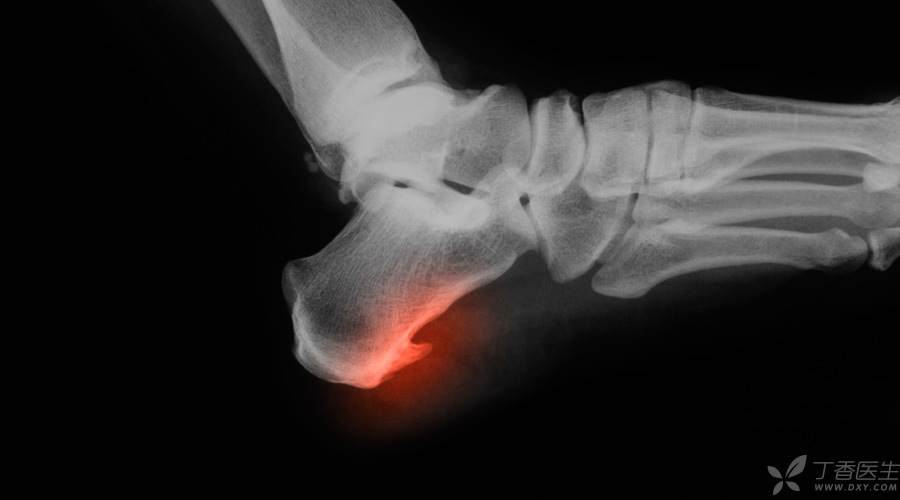
Many old friends will be told by doctors that there is [hyperosteogeny] after taking X-ray films of joints:
Well, there are bone spurs here.
In fact, [bone spur] (hyperosteogeny) is a degenerative change of bones. To some extent, it can be said that long bone spur indicates that people are old.
In order to adapt to long-term exercise and load, the density of local bone increases, especially the appearance of new bone at the edge of the bone, which looks like [spines] have grown on the originally smooth bone surface, hence the name.
This kind of situation is not uncommon. Dr. Clove will popularize some knowledge about [bone spur and hyperosteogeny].
Why does bone spur grow?
With the increase of age, human bones will gradually decline, especially those near load-bearing joints, which is more obvious.
Generally, after the age of 50, bone spurs are easy to grow in these places.
Just as bicycles need a bracket to be stable, when the muscle ligaments around the bone cannot provide sufficient support, the normal stress on the bone will change. In order not to be broken, the bone will reinforce itself and gradually grow a support point to maintain stability.
For example, the most common is the bone spur on the calcaneus of the foot.
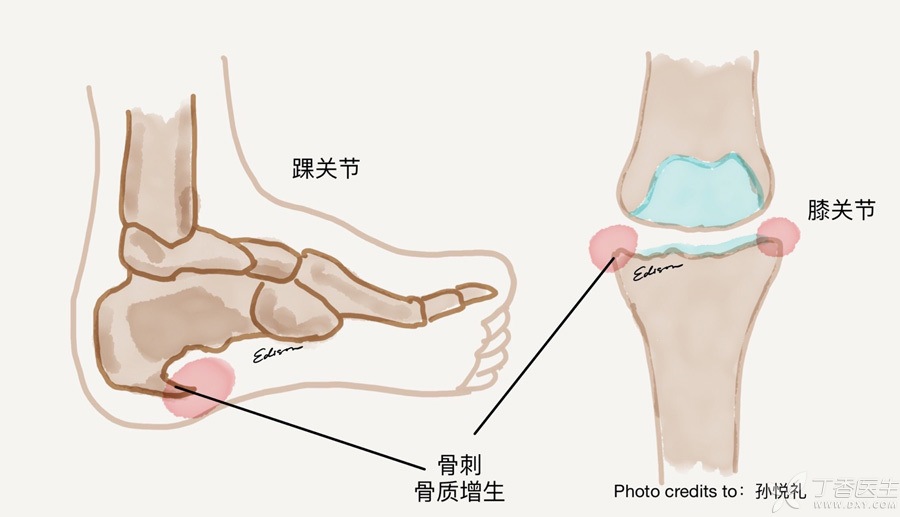
Bone spurs also occur in the knee joint, mainly near the meniscus.
Because the collision between the upper and lower bone spurs will cause pain, the middle-aged and the elderly will involuntarily produce [O-leg] or [X-leg] standing and walking posture to avoid pain. Over time, the legs will deform.
Bone spurs in the spine always occur at the edge of the vertebral body, close to the intervertebral disc.
Some people’s spine is overloaded for a long time due to occupation (desk work, bowed head work) or bad living habits (high pillow sleep, collapsed sitting on the sofa), and degenerative changes will occur earlier in the cervical and lumbar vertebrae.
If you have bone spurs, you will meet how?
Most of the time, there are no special symptoms with bone spurs.
However, if the hyperosteogeny on the surface of bone joints and vertebral bodies compresses the nearby nerves, spinal cord or blood vessels, corresponding symptoms will occur.
In cervical spine, dizziness, neck pain and hand numbness may be caused.
In lumbar spine, it may cause lumbago, leg numbness and other symptoms.
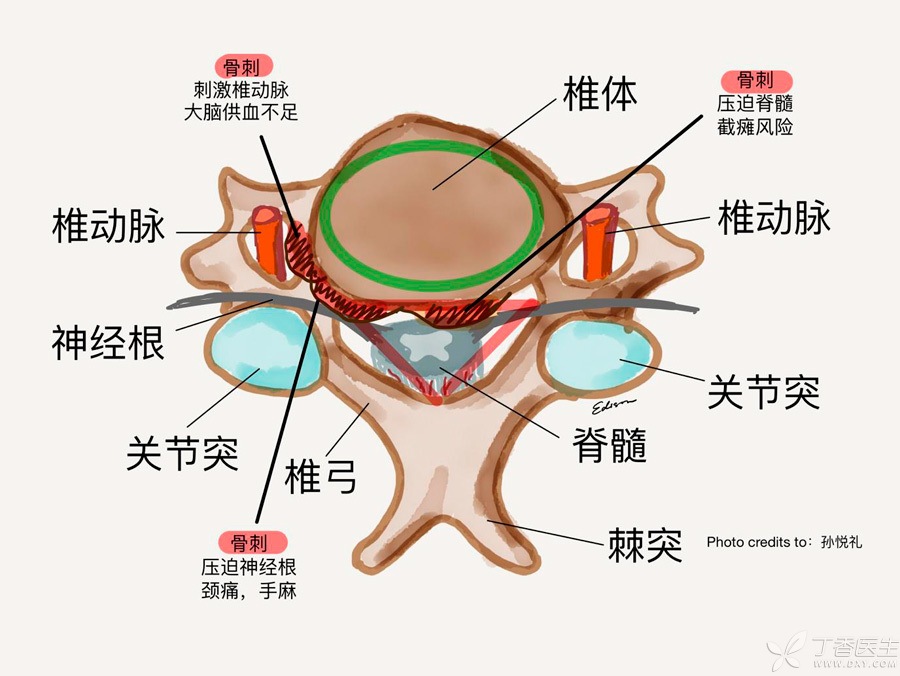
In fact, at this time, it is not simply hyperosteogeny of vertebral body, but cervical spondylosis and lumbar spondylosis.
When bone spurs grow under the articular cartilage of the bone, it will aggravate the wear between the articular cartilages and more easily cause inflammation of the bone and joint.
When the joint is moved, such as going up and down stairs, pain will occur. At the same time, the joint is no longer as flexible as before. Sometimes, even the sound of bone rubbing with bone in the joint can be heard.
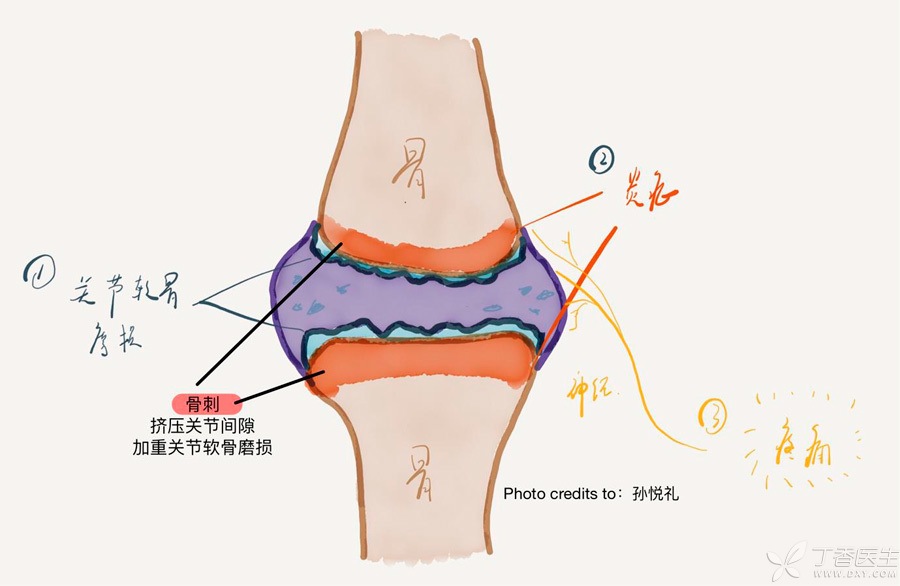
When these symptoms occur, it indicates that you should go to the hospital.
Can calcium supplement cause hyperosteogeny?
Not really.
Bone spur is a self-repairing process of the body, not caused by calcium deficiency or excessive calcium supplement.
Here, I would like to mention more about the relationship between hyperosteogeny and osteoporosis-hyperosteogeny is a [protective measure] after osteoporosis.
There is a layer of cartilage attachment on the surface of bone joints, which plays a role in buffering pressure and impact force. If cartilage is a sofa cushion, then the bone under cartilage is the base of the sofa. Sofa cushion wear is often the first problem with the supporting structure of the sofa base, and the root is osteoporosis.
As a result, the ability of cartilage to buffer impact decreases, resulting in pain. In order not to allow the pain to continue, we will subconsciously change the normal posture, which will cause changes in the bearing force of bones, and the bones will be continuously adjusted and strengthened, resulting in bone spurs.
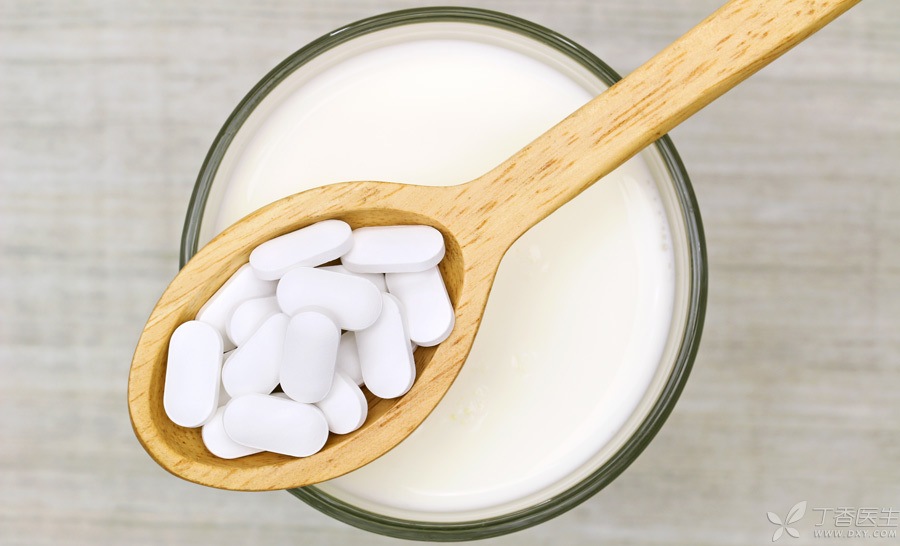
Calcium supplement is meaningful for the improvement of osteoporosis, and the improvement of osteoporosis can delay the progress of hyperosteogeny to a certain extent.
Therefore, the calcium supplement should be eaten enough, and there is no need to worry about aggravating hyperosteogeny.
What if there is a bone spur?
Doctors often use X-rays to confirm the presence of bone spurs.
Bone spur, don’t be too nervous.
Because bone spur itself is not a disease, if it does not cause symptoms, it is generally not necessary to correct it specially.
If [bone spur] produces symptoms, drugs can be used to diminish inflammation and relieve pain first. Only osteophytes that compress nerves and blood vessels and cause pathological symptoms, or osteophytes that grow so large that joints [jam] need surgery and other treatments.
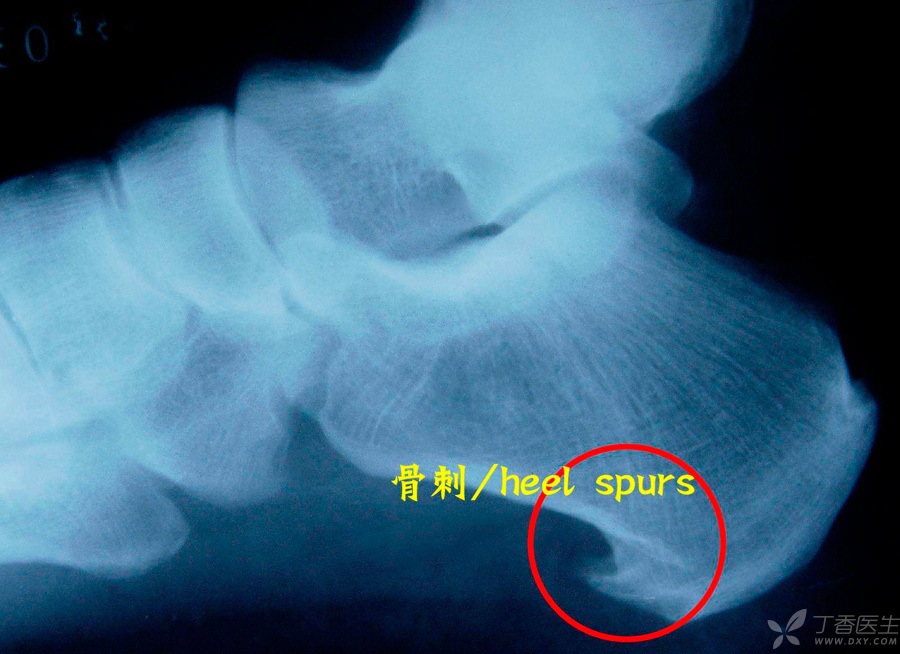
Compared with the long bone spur, it is more meaningful to tangle with the treatment problem and prevent the occurrence of bone spur.
In daily life, we should always correct bad posture and avoid excessive walking and standing.
At the same time, strengthen muscle strength and ligament elasticity, so that bones are always in a stable and uniform stress distribution. When necessary, under the guidance of doctors, protective equipment such as lumbar support, neck support and knee support band can act as external protective equipment.
Copyright of Clove Garden. No reprinting is allowed without permission.
Photo Source: Author Provides/www.hizy.net Genuine Photo Library
